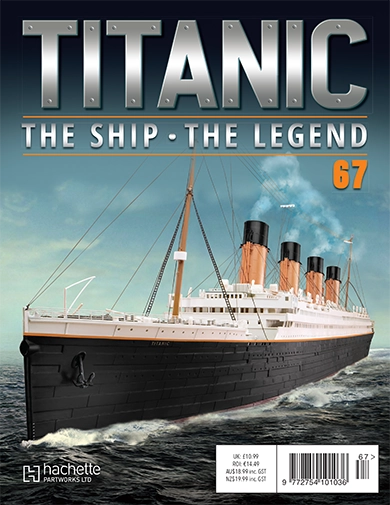
The Importance of the Titanic
The RMS Titanic, which sank on its maiden voyage in April 1912, remains one of the most iconic maritime disasters in history. This tragedy not only shaped public consciousness about sea travel but also instigated significant regulatory changes in maritime safety standards. Understanding the Titanic’s impact is essential, as it serves as a pivotal moment that led to crucial reform in safety measures for passenger ships.
The Events Leading to the Tragedy
On the night of April 14, 1912, Titanic collided with an iceberg during its voyage from Southampton to New York City. With over 1,500 lives lost, this catastrophic event revealed severe flaws in safety protocols, including insufficient lifeboats for passengers and inadequate emergency procedures. Recent studies suggest that the ship’s speed in iceberg-laden waters contributed to the disaster, highlighting a significant oversight in navigation practices at the time.
The Aftermath and Safety Reforms
The sinking of the Titanic triggered a worldwide outcry over maritime safety, leading to new regulations including the International Convention for the Safety of Life at Sea (SOLAS) established in 1914. This convention mandated sufficient lifeboats for all passengers and improved evacuation protocols, fundamentally changing how large vessels operate. The Titanic’s legacy is a somber reminder of the need for constant vigilance in safety standards in maritime transport.
Modern Cultural Significance
The Titanic continues to capture the public’s imagination, inspiring films, literature, and exhibitions. The 1997 film “Titanic” reignited interest in the tragedy, not only showcasing the historical importance of the event but also humanising the individuals onboard. Furthermore, ongoing research and exploration of the wreck site have revealed more about the ship’s construction and the circumstances surrounding its demise, ensuring that lessons continue to be learned.
Conclusion: Remembering the Titanic
As we look back on the Titanic tragedy, it remains crucial to remember the lessons learned from its sinking. The disaster prompted reforms that have saved countless lives in the century since, reminding us of the resilience of the human spirit in the face of adversity. The Titanic’s legacy lives on—not just as a story of loss but as a powerful narrative that has influenced maritime safety for generations. Understanding this legacy is essential for current and future advancements in safety and technology at sea.
You may also like

Jay Z: The Evolution of a Music Legend

Harvey Weinstein: A Timeline of Legal Troubles and Impact
